Bristol Bolingbroke
Sat Oct 17, 2009 6:02 pm
Here is a link to a group of photos of the Bolingbroke project at CWH.
Will give details later on the progress.
http://s732.photobucket.com/albums/ww32 ... lingbroke/?
Here's a primer.
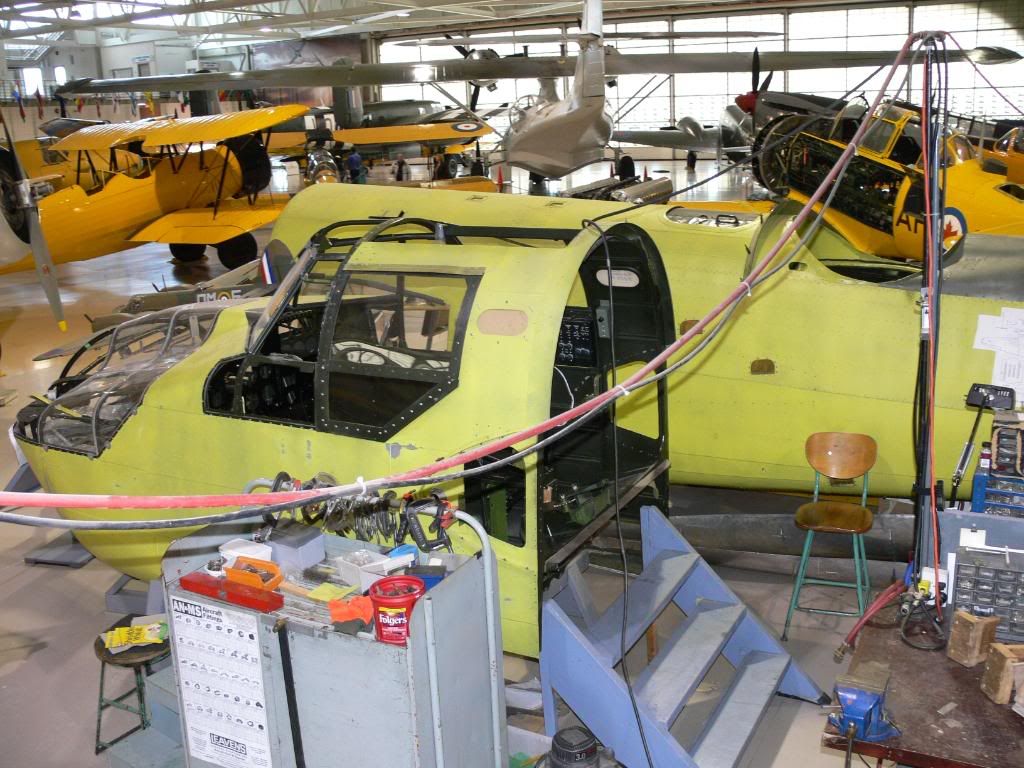
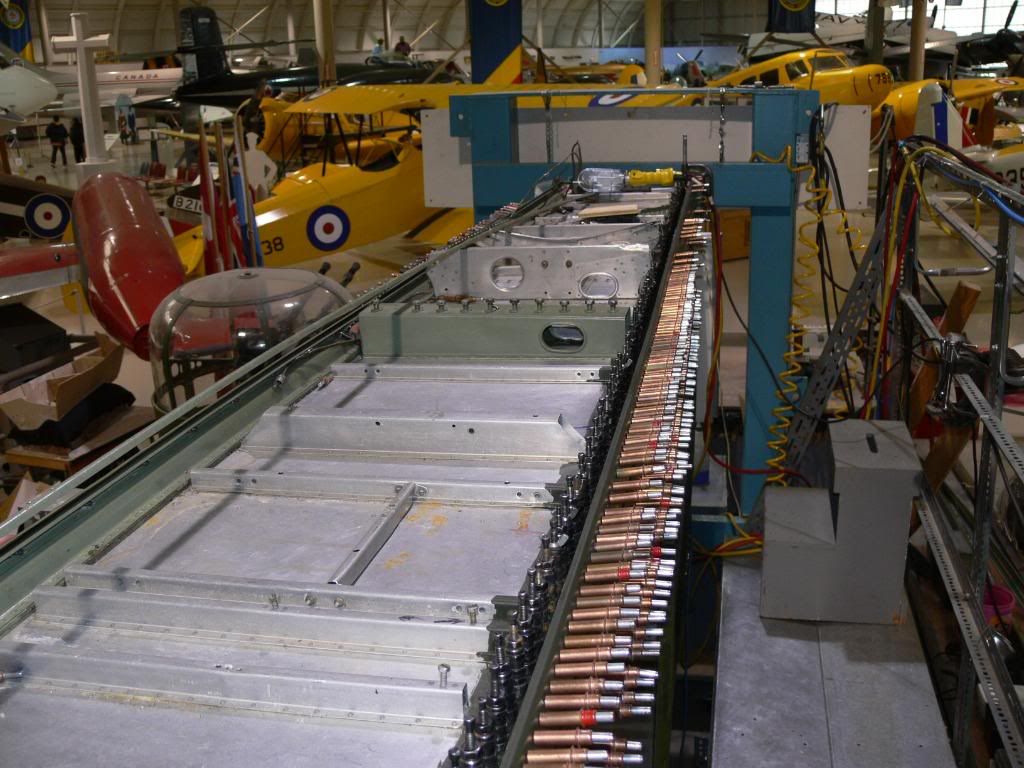 [/img]
[/img]
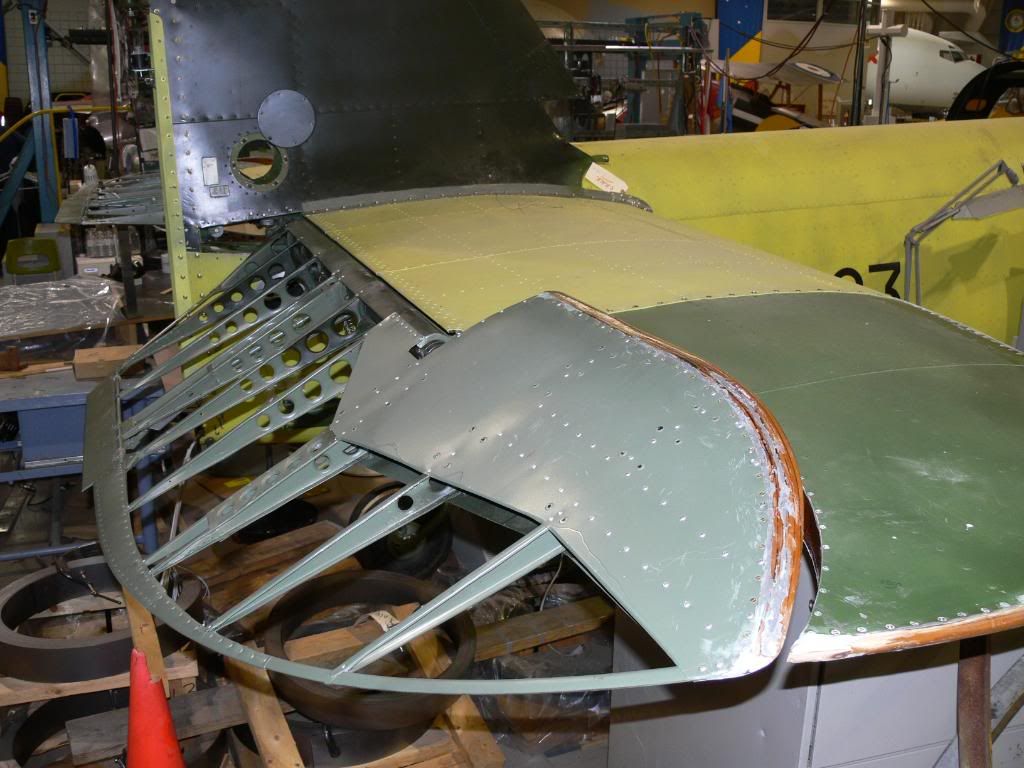
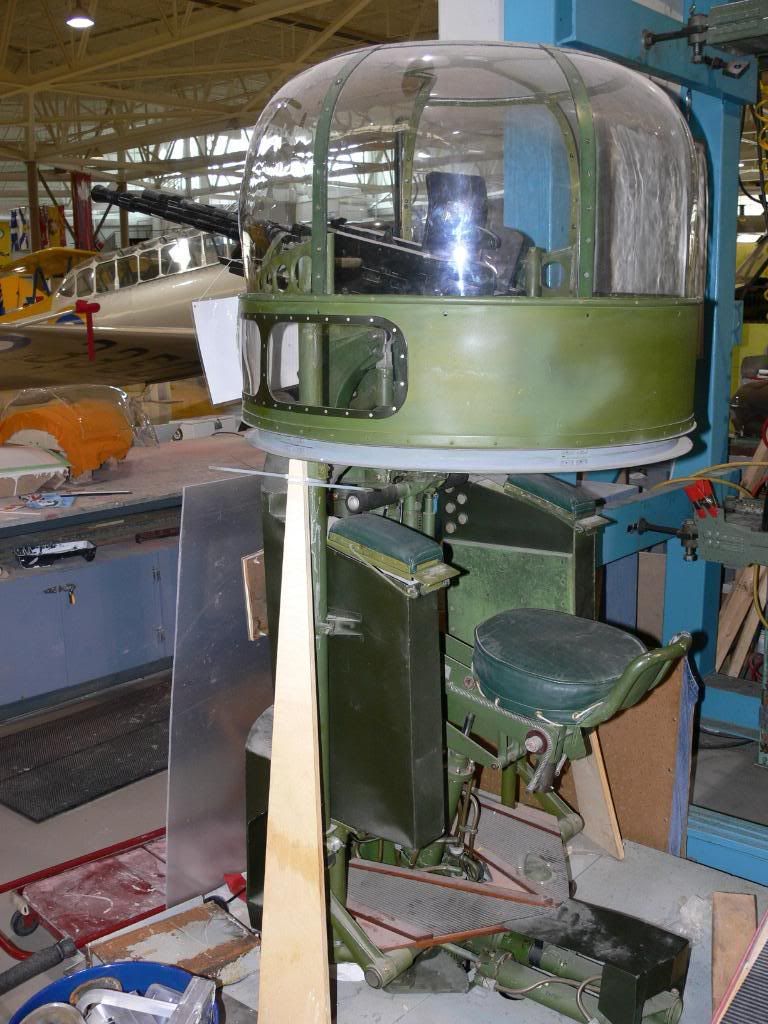
Will give details later on the progress.
http://s732.photobucket.com/albums/ww32 ... lingbroke/?
Here's a primer.

 [/img]
[/img]


Sat Oct 17, 2009 7:06 pm
Thanks! Glad to see it. Now we need an words update. 
Sun Oct 18, 2009 12:03 am
Think you used enough clecos Butch?
Sun Oct 18, 2009 1:00 am
Obergrafeter wrote:Think you used enough clecos Butch?
It seems a trifle overbuilt for a light mounting, too.
Sun Oct 18, 2009 9:21 am
What your looking at is the forward lower spar being re-built. The metal was a special order that had to rolled and formed. No easy task in itself. It is a nested spar, which is riveted together with the first row of rivets that holds everything together, then there is a nested cornice that fits in front and back that gets riveted in. The rolled bands of metal in the photo by the tail is what they start as. Sitting in the the Canadian prairies, some of the spars survived fine, but the lower spars seemed to collect the moisture and trap it to cause major corrosion and pitting.
I will take a photo of the samples to give you an idea how it all fits together.
This is the final spar to be finished in the center section. The trailing edges are ready to be installed after we flip the section in the mounting fixture.
After that, then its the next major milestone of mating the forward and rear fuselage to the center section.
Wings are next to fit into the fixture the center section is currently in.
Will keep you posted!
I will take a photo of the samples to give you an idea how it all fits together.
This is the final spar to be finished in the center section. The trailing edges are ready to be installed after we flip the section in the mounting fixture.
After that, then its the next major milestone of mating the forward and rear fuselage to the center section.
Wings are next to fit into the fixture the center section is currently in.
Will keep you posted!
Sun Oct 18, 2009 9:50 am
Mike,
DLC is looking good in the background of the first photo. Good to see her back! And sorry for getting off the Bolie topic.
Jim
DLC is looking good in the background of the first photo. Good to see her back! And sorry for getting off the Bolie topic.
Jim
Sun Oct 18, 2009 9:51 am
Worldwide cleco shortage puzzle solved.... 
Sun Oct 18, 2009 5:00 pm
No worries Jim, DLC ( Fleet 21M) was recovered at Welland (Fuselage) and was completly repainted! She looks fantastic!
Nice to see a one of a kind aircraft get some attention! Even the Fleet Logo on the tail now.
Nice to see a one of a kind aircraft get some attention! Even the Fleet Logo on the tail now.
Bolie
Mon Oct 19, 2009 12:19 am
I like the nose on those birds.Very different than most affording better forward visability on take off as well as landing I would bet.Oh and there is no such thing as too many clecos.Rebuilding an aircraft will swallow up thousands real quick.
Re: Bolie
Mon Oct 19, 2009 1:13 am
hang the expense wrote:I like the nose on those birds.Very different than most affording better forward visability on take off as well as landing I would bet.
Interesting story there. The Bristol 142, from which the Blenheim / Bollingbroke was developed, was a British answer to the Lockheed 10 and 12. Smaller nose, than the later Blenheim, interesting shape.
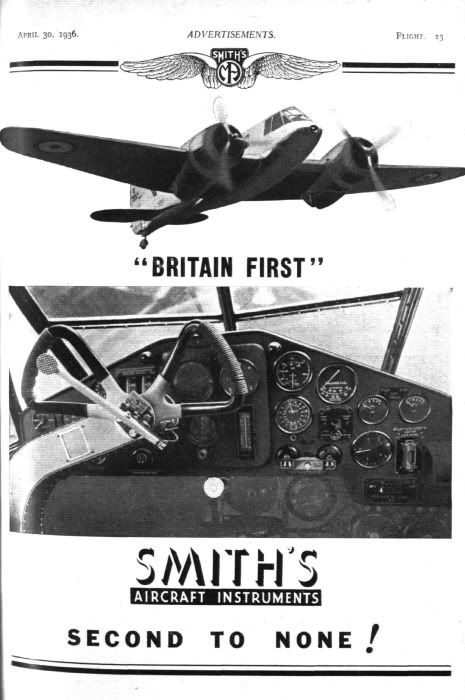
(Incidentally, I was very pleased to find this advert, as there's few quality details of the Bristol 142 interior.)
This was developed into the Blenheim Mk.I:
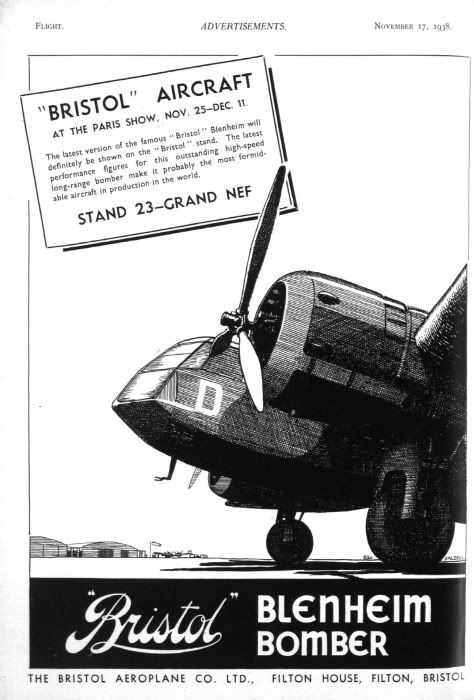
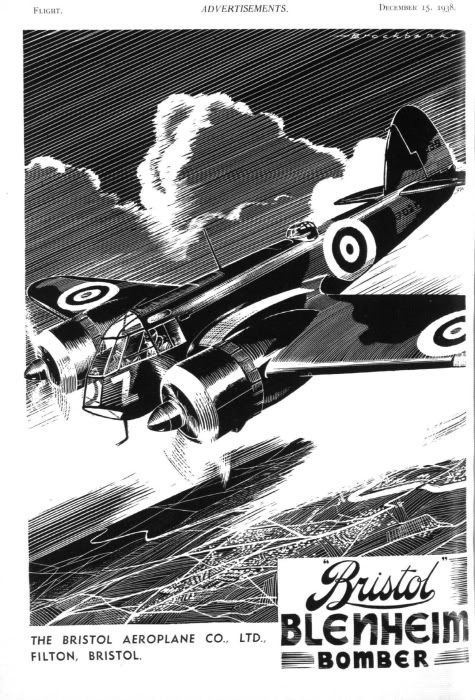
(Flight advertisements)
Then, with the first Blenheim Mk.IV, where they extended the nose forward to make space for the Nav / bomb-aimer ahead of the pilot (more space being needed) they just 'pushed' the Mk.I nose forward and it was a mess with lots of internal reflections. So they 'stepped' the windscreen, with the navigator's head in the high bit, facing port, and his bench under the scallop, and the bombsight in the nose on the floor. It's very cramped in there...
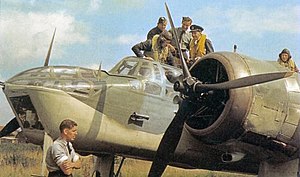
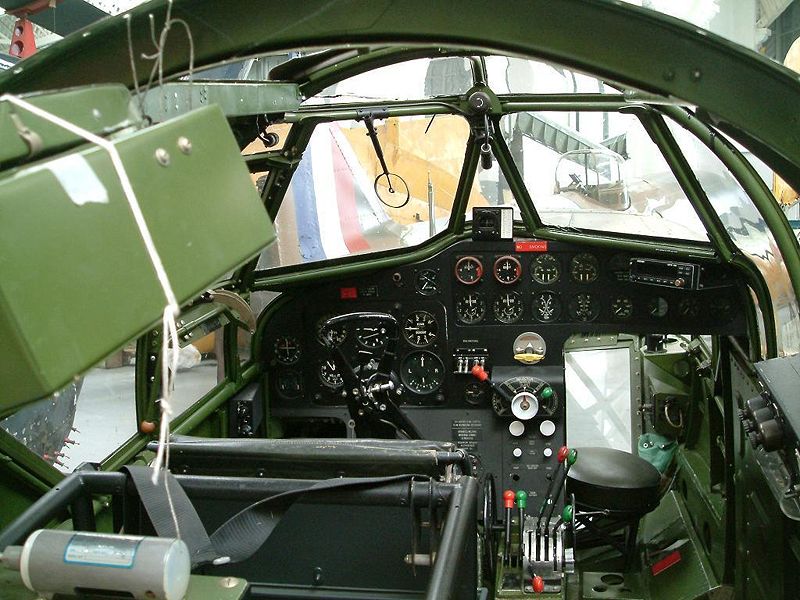
(Images via Wikipedia.)
Just a little byway.
Mon Oct 19, 2009 6:42 am
Is this the same one that was busted up/virtually destroyed in a landing accident following its restoration?
Mon Oct 19, 2009 6:58 am
gary1954 wrote:Is this the same one that was busted up/virtually destroyed in a landing accident following its restoration?
Sort of. G-BPIV was damaged landing short at Duxford in 2003 due to fuel starvation. It's under rebuild, and they are attaching a Mk.I nose to the aircraft to demonstrate the different version - the Blenheim I and IV being essentially the same aft of the cockpit and the fuselage having a join there.
http://www.arc-duxford.co.uk/blenheim.htm
The aircraft flew with great success for ten years with an enviable serviceability record among the vintage aircraft fraternity before once again, in August 2003, suffering significant damage during a landing accident at Duxford.
The aircraft has advanced further than in the image on the linked page above.
HTH.
Mon Oct 19, 2009 7:04 am
Here's a photo I took in June 2008.
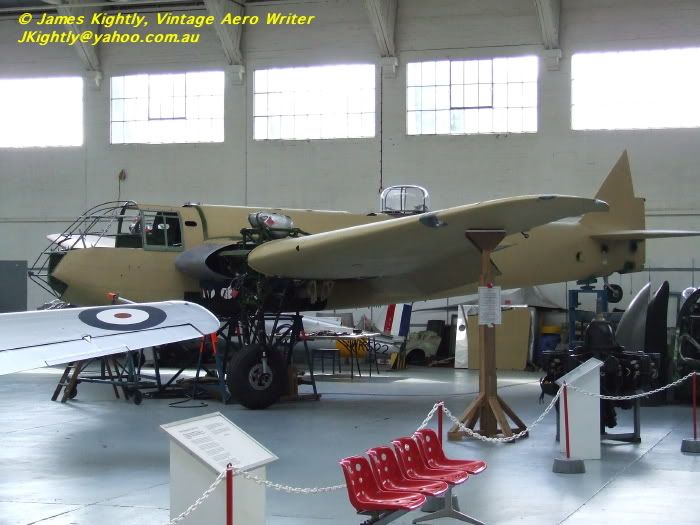

Tue Oct 20, 2009 5:42 pm
I'd like to think the CWH Bolingbroke will be a similar picture in 2010 less the wings!
Tue Oct 20, 2009 7:08 pm
JDK wrote:gary1954 wrote:Is this the same one that was busted up/virtually destroyed in a landing accident following its restoration?
Sort of. G-BPIV was damaged landing short at Duxford in 2003 due to fuel starvation. It's under rebuild, and they are attaching a Mk.I nose to the aircraft to demonstrate the different version - the Blenheim I and IV being essentially the same aft of the cockpit and the fuselage having a join there.
http://www.arc-duxford.co.uk/blenheim.htmThe aircraft flew with great success for ten years with an enviable serviceability record among the vintage aircraft fraternity before once again, in August 2003, suffering significant damage during a landing accident at Duxford.
The aircraft has advanced further than in the image on the linked page above.
HTH.
Not trying to lay blame here or point fingers, but did it have the same pilot flying the Blennie for both of it's accidents?
When something like that happens, and it's discovered that it's pilot error, do organizations typically sever ties with the pilot or do they let them continue to fly? What has happened in the past?